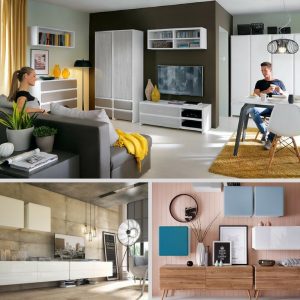Exploring Different Styles Of Architectural Model Making
2 min readArchitectural model making is a vital aspect of the design process, allowing architects and designers to visualize and communicate their ideas in three-dimensional forms. Various styles of architectural model making exist, each serving different purposes and focusing on unique aspects of a project. architectural model makers in uae play a key role in this process, providing expertise and precision to bring architectural visions to life.
Conceptual models:
Conceptual models are rough representations used in the early stages of design exploration. They are often quick and simple, focusing on capturing the basic form, massing, and spatial relationships of a design concept. These models may be crafted from readily available materials like cardboard, foam core, or even 3D printed components. Conceptual models consider conveying ideas swiftly and are useful for brainstorming, iterating on design concepts, and soliciting feedback.
Study models:
Study models delve deeper into specific aspects of a design, such as building massing, facade details, or interior layouts. They are more refined than conceptual models but still serve exploratory purposes. Architects use study models to experiment with materials, textures, and proportions. These models can be made from materials like wood, plastic, or architectural modeling clay, allowing for more detailed representation of design elements. Study models aid in refining design decisions and assessing how different elements interact within the overall composition.
Presentation models:
Presentation models are polished, finely detailed representations intended to communicate the final design to clients, stakeholders, or the public. These models are meticulously crafted to showcase architectural features, materials, and spatial relationships accurately. Presentation models often incorporate advanced techniques such as laser cutting, 3D printing, and precise scale detailing. They may include realistic textures, landscaping, lighting effects, and scaled furniture to improve realism and visual impact.
Digital models:
In the age of digital technology, architects increasingly rely on virtual architectural models created using CAD software and 3D modeling tools. Digital models offer advantages such as real-time visualization, editing capabilities, and easy integration with Building Information Modeling (BIM) systems. These models can be rendered in photorealistic detail, enabling architects to simulate lighting conditions, material finishes, and environmental contexts with precision.
Hybrid approaches:
Some architectural practices employ hybrid approaches that combine traditional model making techniques with digital tools. For instance, architects might create a digital model for initial visualization and then produce a physical model to highlight specific design details or present to clients. This approach utilizes the strengths of mediums, offering flexibility, accuracy, and aesthetic appeal.




